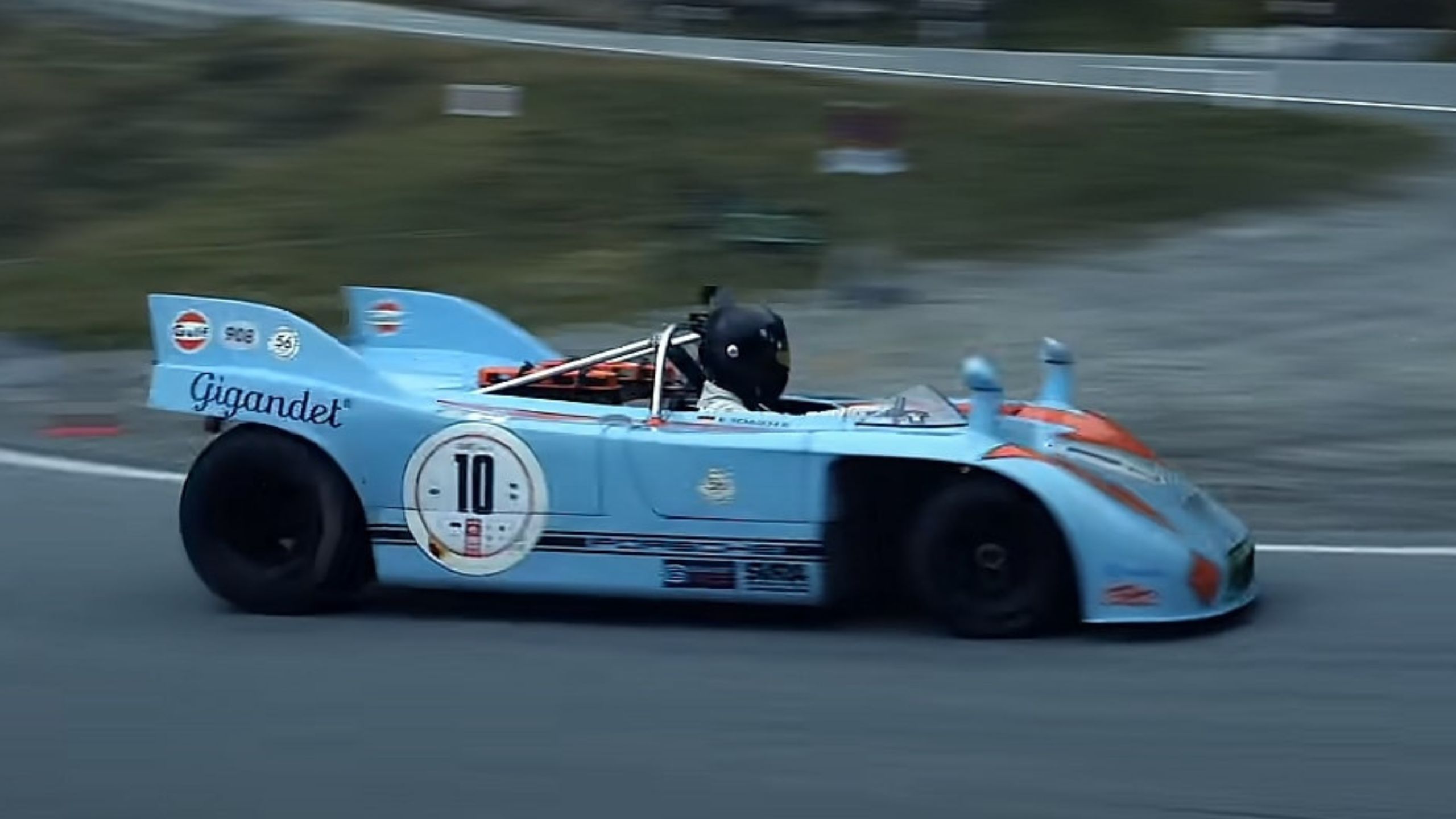When you see a Porsche badge, the 911 often comes to mind, which is perfectly understandable. However, Porsche has a rich history in building remarkable race cars, such as the 917, 936, and 956, which have left an indelible mark on the track.
The focus here is on the 908/3, one of Porsche’s most lightweight and radical race cars. While the 917 and 956 are more commonly discussed, the 908/3 holds its own significance.

Introduced in 1968, the 908 was a product of Helmuth Bott’s design and Hans Mezger’s flat-eight engine. It succeeded earlier models like the 906, 910, and 907. Although the 908/1 secured victories at the 1000km of Nurburgring in 1968, it faced stiff competition from the Ford GT40.
In 1969, the upgraded 908/2 struggled at Daytona and Sebring but found success at circuits like Brands Hatch, Monza, Targa Florio, Spa, and Nurburgring. This success was pivotal for Porsche as it contended with reliability issues in the 917.
The 1970 iteration, the 908/3, aimed to address the agility concerns of the 917K by drawing inspiration from the lightweight 909. Weighing just 500 kg, the 908/3 was significantly lighter than the 917K and boasted 370 horsepower from its flat-eight engine.

It achieved victories at Nurburgring and Targa Florio, contributing to Porsche’s triumph in the International Championship for Makes. Despite not being as renowned as its counterparts, the 908 is revered for its emphasis on lightweight construction, with only 31 examples ever produced.
These cars occasionally make appearances at classic motorsport events, showcasing their enduring legacy on the track. Recently, a Gulf-liveried 908/3 was spotted conquering the Bernina mountain pass in Switzerland, demonstrating its prowess more than 50 years after leaving the Porsche factory.

